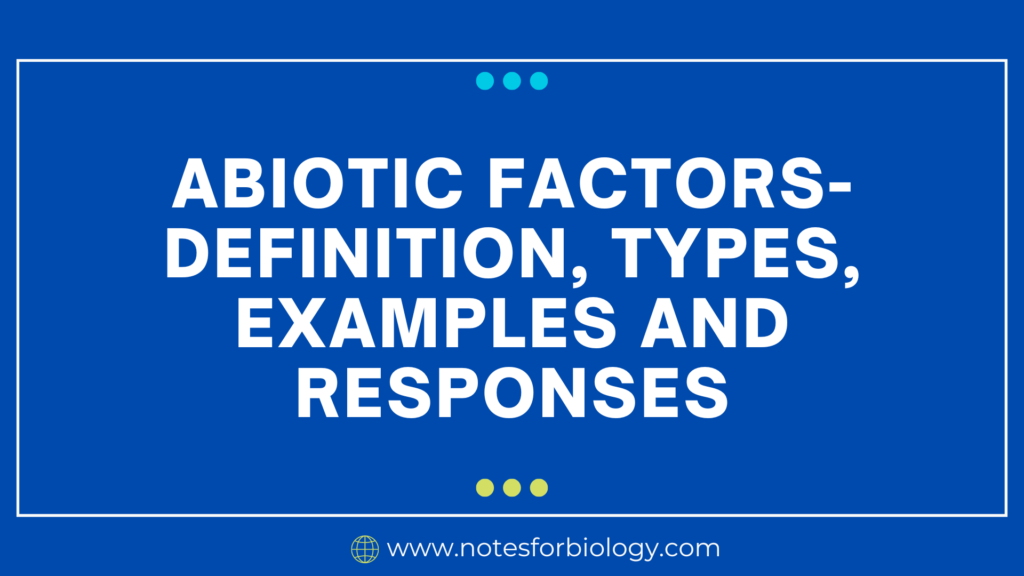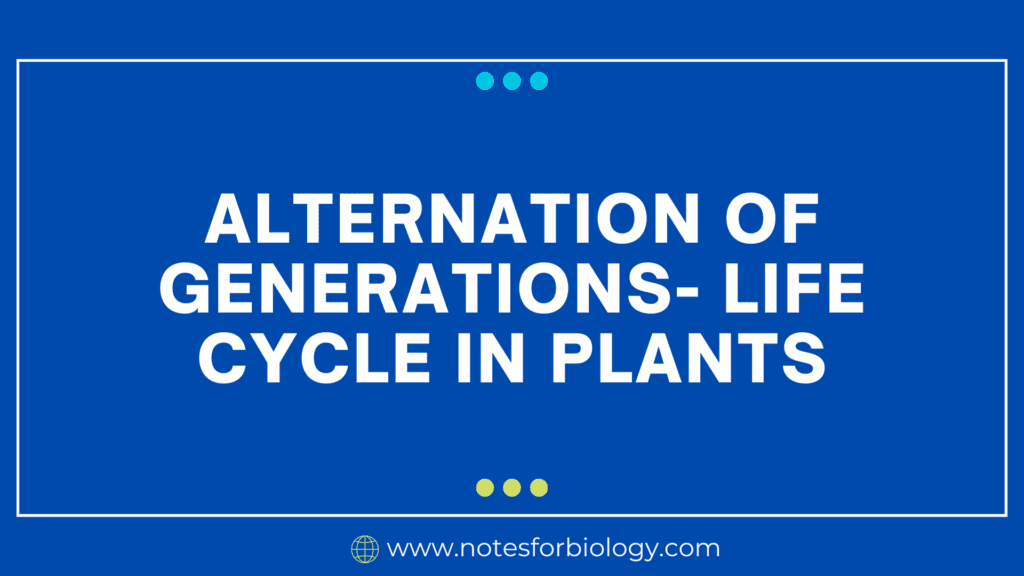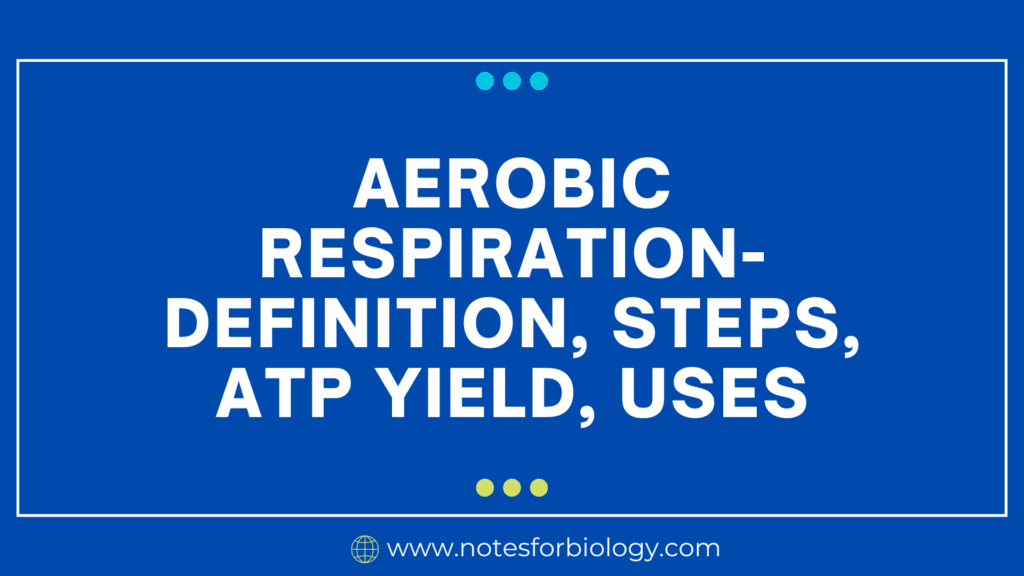Anisocytosis: Types, Causes, Symptoms, Diagnosis
Anisocytosis is a disease in which red blood cells vary significantly in size. It is frequently discovered during a complete blood count (CBC) when the red cell distribution width (RDW) is increased. This is not a disease, but rather a symptom of several underlying disorders. It can indicate a variety of hematological and systemic diseases. […]
Anisocytosis: Types, Causes, Symptoms, Diagnosis Read More »










